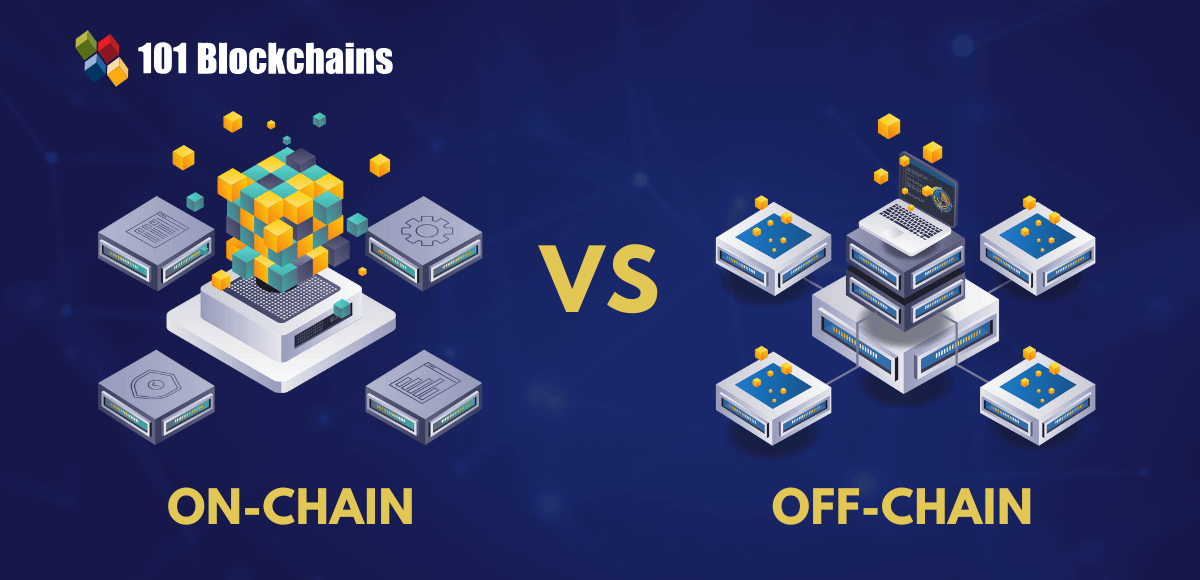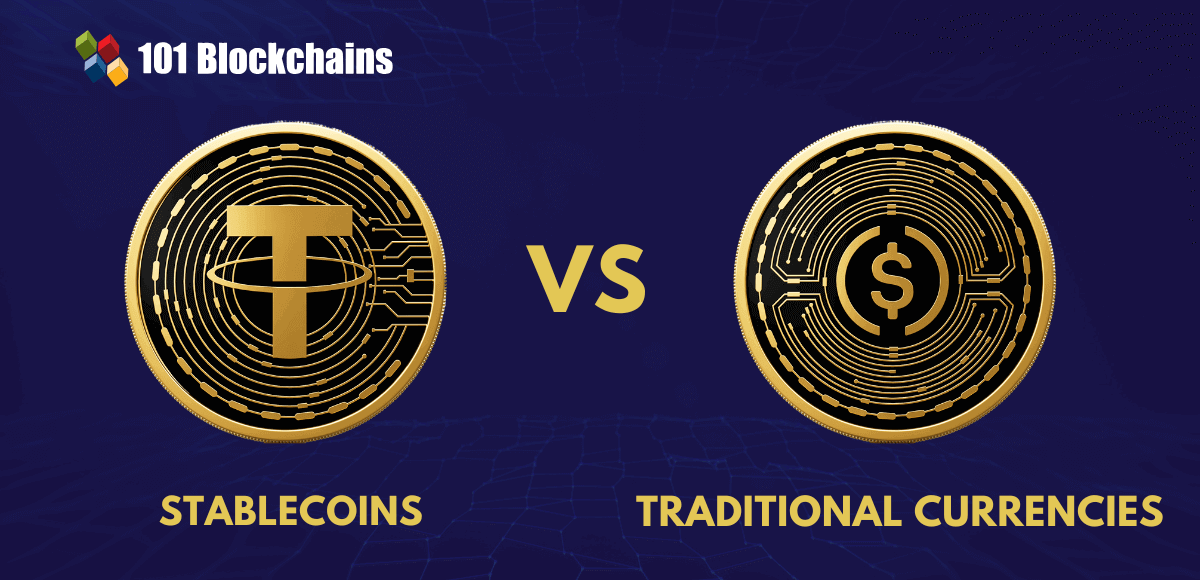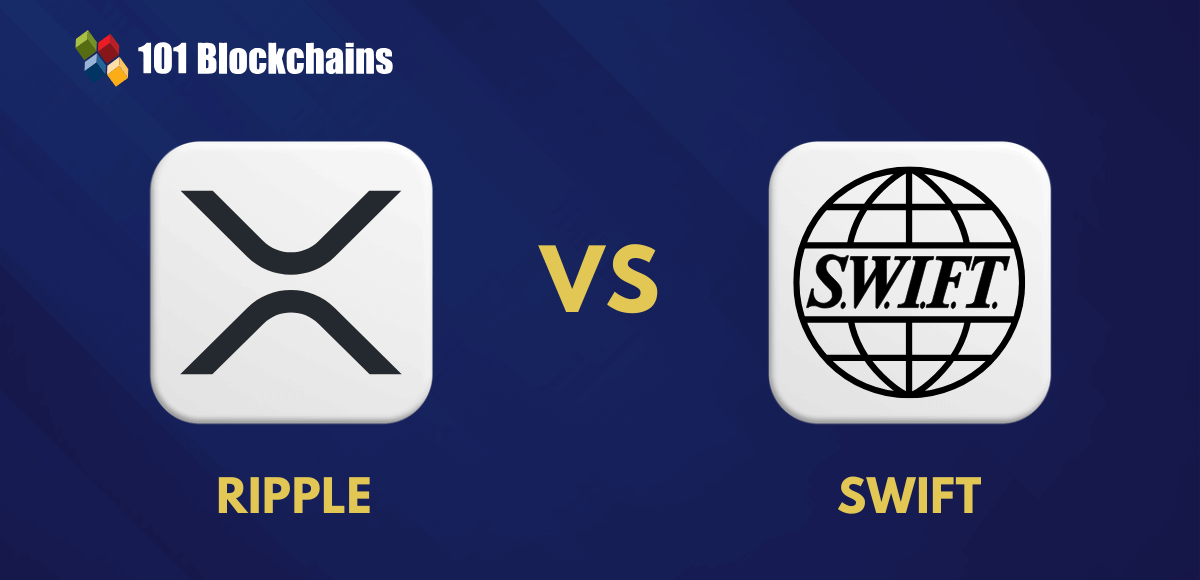Learn how blockchain truly works, master key definitions, and uncover what makes smart contracts so "smart." Dive into the fundamentals, gain valuable insights, and start your blockchain journey today!

- Comparisons
Hasib Anwar
- on June 14, 2018
Blockchain vs Tangle: Is It Time for a Change?
None can deny that blockchains have a lot of flaws. Yes, blockchain showed us the future we might have where there will be no one governing what we have. A complete decentralized world became a possibility. While the idea is solid, the functionality of blockchain has two serious issues – scalability and fairness. IOTA kind of came to us like a big surprise. They proposed a blockless digital ledger system names Tangle. Thus started the debate of blockchain vs Tangle.
Blockchain vs Tangle: What is Tangle?
It’s easier to say what Tangle isn’t than defining what it is. Tangle is also a digital online ledger where transactions are stored, just like a blockchain. Then, where is the difference? While blockchain has miners, transaction fees, blocks that holds the transactional data, and forking capabilities. Well, Tangle doesn’t have any of them!
So, what is Tangle? Tangle is a Directed Acyclic Graph or simple a DAG. Directed means the nodes in the Tangle network can move in a linear direction, acyclic means none of the transactions or data transfer is cyclic and graph just the data structure of the system.
You could call the technology similar to Hashgraph which is another blockless digital ledger technology by Swirlds. Though there are many differences between Hashgraph and Tangle. We will get to the point later someday.
What are Flaws of Blockchains?
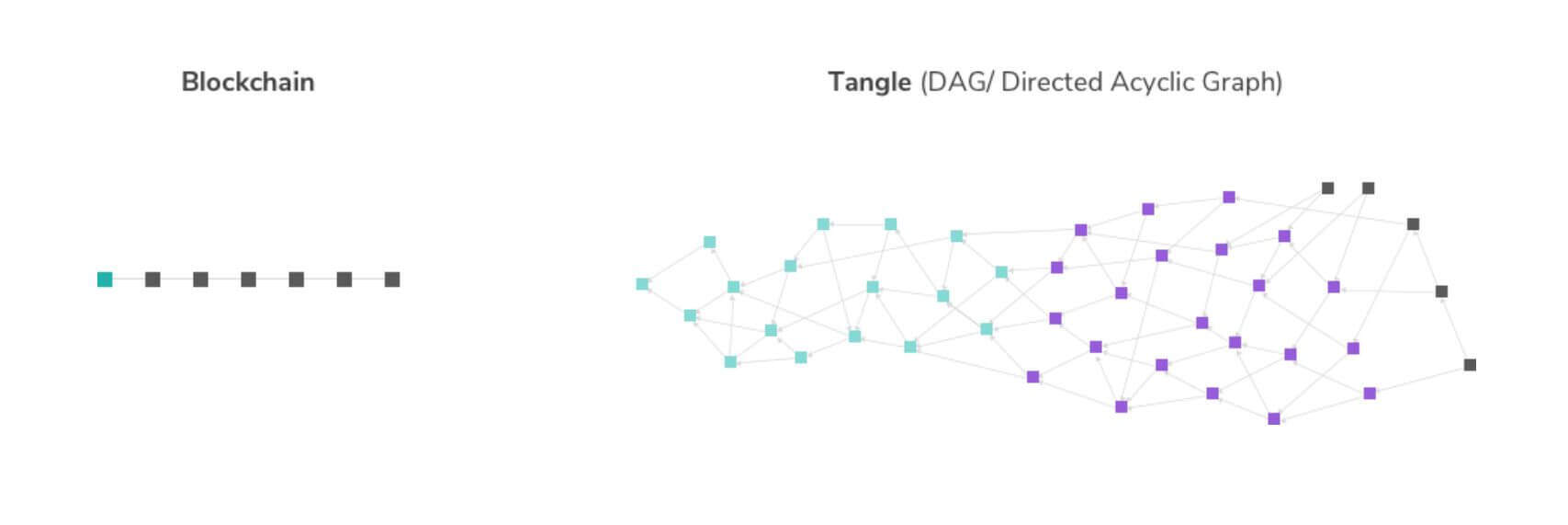
Image Credits: IOTA
The blockchain is becoming older every day. At least the first ever designed blockchain of Bitcoin is old. It can only add data in a linear fashion which makes the technology relatively slow. Moreover, it’s pricey and almost zero scalability.
Miners Mean More Fees
When you want to transact, a portion of the value you are transacting will go to the miner’s pocket. This is called the validating fee. Also, the miners can choose which transactions they will verify and which ones they won’t. Generally, the transactions with more value get disclosed first as there are greater transaction fees offered for them. Thus, the system creates a discrimination.
Slowpoke!
Bitcoin can handle 4-7 transactions per second. Financial giant Visa can handle 10,000 transactions. So, you see, blockchain is very slow is TPS is the comparing parameter. Moreover, it takes almost 5-6 hours to transact as the validators or miners can choose which ones they would verify. Tangle can make the transactions almost instant.
Unidirectional
The blocks join the network or the chain in a linear way. Such movement causes a bottleneck and consumes more electricity to process all these data. Not only that but also it makes the process to take a longer period of time to finish off verification.
How Tangle Solves the Problems?
No More Miners
The first feature of Tangle is there are no miners. As there is no concept of mining in the Tangle ecosystem, it dissolves the necessity of huge amount of processing power. So, you could call tangle eco-friendly in a way. Moreover, you don’t have to pay a fee every time you want to pay crypto to someone. The users will be the validators themselves.
Web Rather than a Linear Chain
While almost all the blockchains are linear, Tangle is based on the concept of a graph. In a graph, there are nodes only and each node points out 2 nodes. The nodes are also given a weight. The nodes at the edge which don’t have any pointing nodes are called tips. The PoW is needed only for these tips.
More Crowd Means More Speed
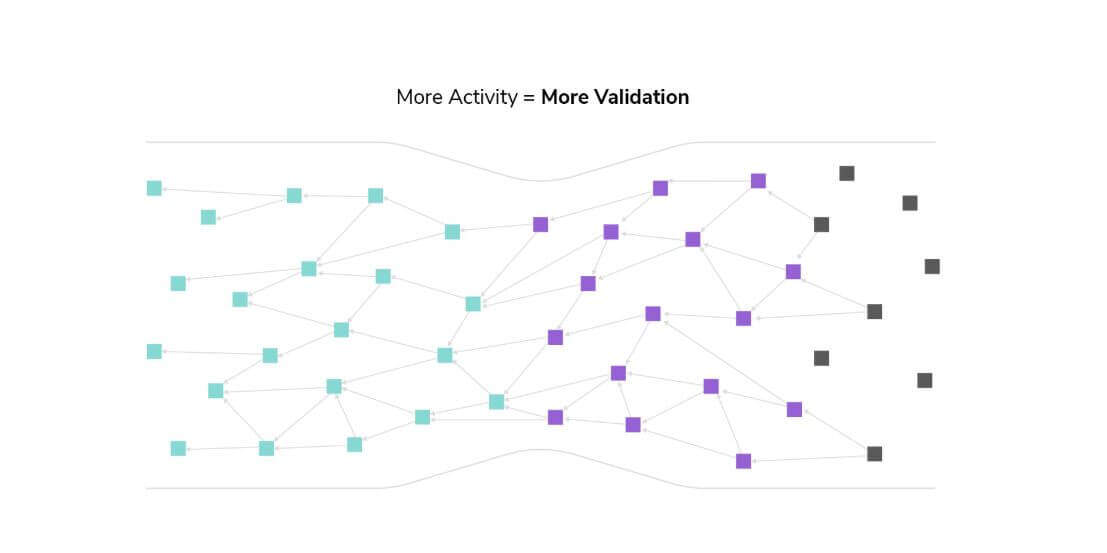
Image Credits: IOTA
There is a fundamental difference between blockchain vs Tangle. The traditional blockchains slow down when there are more people using the network. The reason is simple. It’s like people moving in a queue to enter a building that has only one door. Tangle’s complex network makes the system faster when there are more users. The more nodes a Tangle network have, the faster the Tangle ecosystem would become.
Final Words
So, we hope we resolved the question that you had in your mind about blockchain vs Tangle. But Even Tangle has negative sides, for example, 34% attack! That means if anyone with huge computational power comes into the field and gains 34% of the network will control the network. Again, tangle is fast but not as fast as Hashgraph which can handle more than 250,000 transactions per second.


